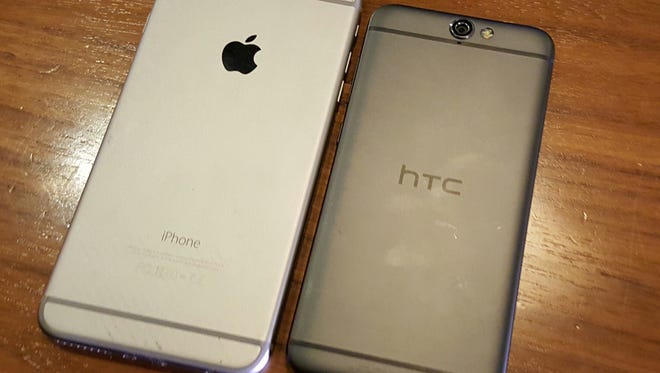Lost smartphone? Better hope for a Good Samaritan

SAN FRANCISCO — As a teenager in the 1980s, when I asked my father why I was required to have a curfew when taking out the car, his response was always the same.
“Nothing good happens after midnight,” he liked to say.
These days, with mobile devices as essential for American consumers as automobiles once were for American teens, something similar can be said of a smartphone that is lost.
Good things, including a return to their owner, rarely happen to them.
While anti-theft features and security software can help recover them, perhaps the best way to help retrieve a lost smartphone is a very low-tech option: Hope (or pray) it’s found by a Good Samaritan.
That’s the main take-away from a field experiment conducted in the U.S. recently by Avast Software, a Prague-based maker of mobile security applications.
Avast emerged from Communism to shine in security
The company intentionally left 20 smartphones in public places, then tracked their fate for five months using its product, Avast Anti-Theft, which can trace the whereabouts and other properties of the devices.
Avast CEO Vincent Steckler told me that Avast left 10 Android-based phones in New York and another 10 in San Francisco as a way of checking whether folks in one locale might be “more honest” than those in the other.
Sadly, both cities largely and equally failed the Good Samaritan test.
Only four of the lost phones were returned to Avast, two from the Big Apple and two from the City by the Bay, even though they were all marked with easy-to-find contact information.
“People treat finding a phone the way they treat finding a $100 bill,” Steckler told me last week, as we sat in a coffee shop in the Potrero Hill neighborhood here.


Translation: They look around for its owner and, not finding one, they put it in a pocket and walk away.
“If you lose a phone, it’s pretty much a goner,” Steckler says, even if you can track its location across the globe.
Some of the phones made journeys whose speed and distance would have made both real-life explorer Marco Polo and fictional kids' heroine Dora the Explorer equally proud.
One phone left in New York’s Battery Park showed up in Mumbai, India, just two months later.
It was re-activated and now commutes daily between that city and the planned community of Navi Mumbai, according to data tracked by Avast.
Another smartphone left in New York’s Central Park promptly had its default language switched from English to Spanish and soon turned up in the Dominican Republic.
Its new owner uses the phone daily in the city of Bonao — a small, scenic town in the mountains that’s popular with tourists and known locally as Villa de Las Hortensias, or the Town of the Hydrangeas, according to its Wikipedia page.
One phone “lost” in San Francisco had its area code changed from 415 to 310 — a good sign it’s now in the Los Angeles area.
The fact that only four phones made it back shows how imperative it is for consumers to install security software that allows a phone’s owner to remotely wipe its data if it’s lost, Steckler says.
Avast, which has 230 million global users and is rolling out new products and updates next week, says it installed three different security apps on each phone it intentionally lost.
Those included its own, as well as rival offerings, one called Lookout Security and AntiVirus, from San Francisco-based Lookout, and another called Clean Master, from Cheetah Mobile, based in Beijing.
While 15 of the phones had their data wiped using the ‘factory-reset’ feature, Avast was still able to track 11 of those using its proprietary technology, Steckler says.
Follow USA TODAY technology columnist John Shinal on Twitter: @johnshinal.